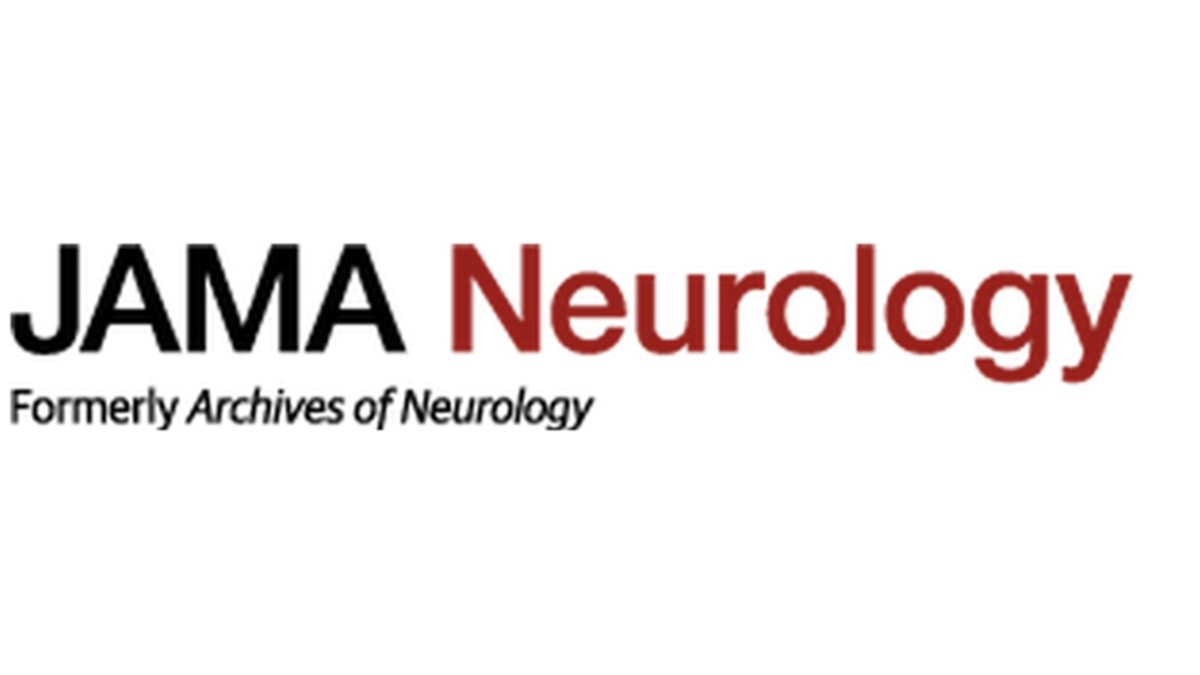 “Dravet syndrome is a severe, genetic form of paediatric epilepsy associated with premature mortality and co-morbidities such as anxiety, depression, autism, motor dysfunction and memory deficits. Cannabidiol is an approved anticonvulsive drug in the United States and Europe for seizures associated with Dravet syndrome in patients 2 years of age and older. We investigated its potential to prevent premature mortality and improve associated co-morbidities.
“Dravet syndrome is a severe, genetic form of paediatric epilepsy associated with premature mortality and co-morbidities such as anxiety, depression, autism, motor dysfunction and memory deficits. Cannabidiol is an approved anticonvulsive drug in the United States and Europe for seizures associated with Dravet syndrome in patients 2 years of age and older. We investigated its potential to prevent premature mortality and improve associated co-morbidities.
EXPERIMENTAL APPROACH:
The efficacy of sub-chronic cannabidiol administration in two mouse models of Dravet syndrome was investigated. The effect of cannabidiol on neonatal welfare and survival was studied using Scn1a-/- mice. We then used a hybrid, heterozygote Scn1a+/- mouse model to study the effect of cannabidiol on survival and behavioural co-morbidities: motor deficits (rotarod and static-beam test), gait abnormality (gait test), social anxiety (social interaction test), anxiety-like (elevated plus maze) and depressive-like behaviours (sucrose preference test) and cognitive impairment (radial arm maze test).
KEY RESULTS:
In Scn1a-/- mice, cannabidiol increased survival and delayed worsening of neonatal welfare. In Scn1a+/- mice, chronic cannabidiol administration did not show any adverse effect on motor function and gait, reduced premature mortality, improved social behaviour and memory function, and reduced anxiety-like and depressive-like behaviours.
CONCLUSION AND IMPLICATIONS:
We are the first to demonstrate a potential disease-modifying effect of cannabidiol in animal models of Dravet syndrome. Cannabidiol treatment reduced premature mortality and improved several behavioural co-morbidities in Dravet syndrome mice. These crucial findings may be translated into human therapy to address behavioural co-morbidities associated with Dravet syndrome.”
https://www.ncbi.nlm.nih.gov/pubmed/32321192
https://bpspubs.onlinelibrary.wiley.com/doi/full/10.1111/bph.15003

 “Advances in the development of drugs with novel mechanisms of action have not been sufficient to significantly reduce the percentage of patients presenting drug-resistant epilepsy. This lack of satisfactory clinical results has led to the search for more effective treatment alternatives with new mechanisms of action.
“Advances in the development of drugs with novel mechanisms of action have not been sufficient to significantly reduce the percentage of patients presenting drug-resistant epilepsy. This lack of satisfactory clinical results has led to the search for more effective treatment alternatives with new mechanisms of action. “Despite the constant development of new antiepileptic drugs (AEDs), more than 30% of patients develop refractory epilepsy (RE) characterized by a multidrug-resistant (MDR) phenotype. The “transporters hypothesis” indicates that the mechanism of this MDR phenotype is the overexpression of ABC transporters such as P-glycoprotein (P-gp) in the neurovascular unit cells, limiting access of the AEDs to the brain.
“Despite the constant development of new antiepileptic drugs (AEDs), more than 30% of patients develop refractory epilepsy (RE) characterized by a multidrug-resistant (MDR) phenotype. The “transporters hypothesis” indicates that the mechanism of this MDR phenotype is the overexpression of ABC transporters such as P-glycoprotein (P-gp) in the neurovascular unit cells, limiting access of the AEDs to the brain. “Many epilepsy patients are refractory to conventional antiepileptic drugs.
“Many epilepsy patients are refractory to conventional antiepileptic drugs. “This study aimed to evaluate clinical efficacy and safety of purified pharmaceutical
“This study aimed to evaluate clinical efficacy and safety of purified pharmaceutical  “Cannabis has been considered as a therapeutic strategy to control intractable epilepsy.
“Cannabis has been considered as a therapeutic strategy to control intractable epilepsy. “Clinical evidence supports effectiveness of
“Clinical evidence supports effectiveness of  “Herein, 11 general types of natural cannabinoids from Cannabis sativa as well as 50 (-)-CBD analogues with therapeutic potential were described. The underlying molecular mechanisms of CBD as a therapeutic candidate for epilepsy and neurodegenerative diseases were comprehensively clarified. CBD indirectly acts as an endogenous cannabinoid receptor agonist to exert its neuroprotective effects. CBD also promotes neuroprotection through different signal transduction pathways mediated indirectly by cannabinoid receptors. Furthermore, CBD prevents the glycogen synthase kinase 3β (GSK-3β) hyperphosphorylation caused by Aβ and may be developed as a new therapeutic candidate for Alzheimer’s disease.”
“Herein, 11 general types of natural cannabinoids from Cannabis sativa as well as 50 (-)-CBD analogues with therapeutic potential were described. The underlying molecular mechanisms of CBD as a therapeutic candidate for epilepsy and neurodegenerative diseases were comprehensively clarified. CBD indirectly acts as an endogenous cannabinoid receptor agonist to exert its neuroprotective effects. CBD also promotes neuroprotection through different signal transduction pathways mediated indirectly by cannabinoid receptors. Furthermore, CBD prevents the glycogen synthase kinase 3β (GSK-3β) hyperphosphorylation caused by Aβ and may be developed as a new therapeutic candidate for Alzheimer’s disease.”

 “Medicinal
“Medicinal